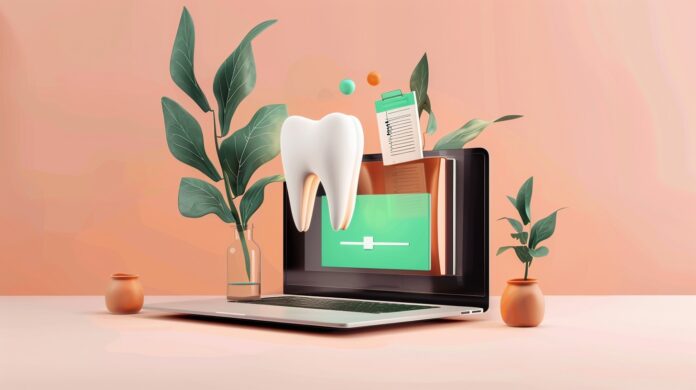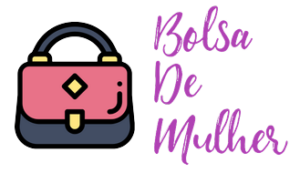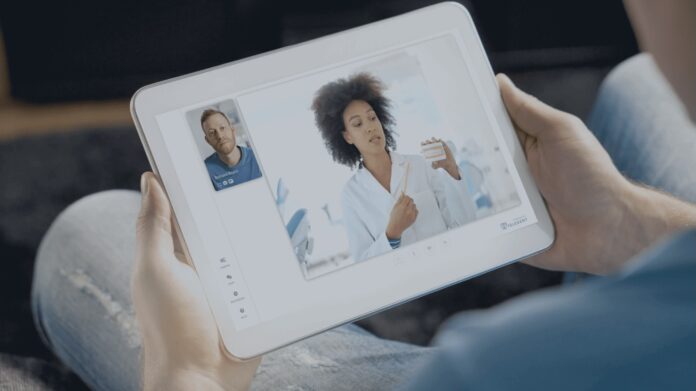A full clinic schedule often means endless charts, images, and forms competing for attention. The real challenge is maintaining accurate, compliant records while still focusing on patient care. Smart platforms offer that balance. They go beyond digitizing forms, they guide workflow, reduce repetitive typing, and keep documentation organized and consistent.
In a busy practice, paperwork can feel like a constant interruption. Smart documentation platforms ease that pressure by understanding clinical context. When you treat a molar, they suggest relevant codes, recall previous X-rays, or auto-fill common phrasing. A tool like Trust AI enhances this process even further: listening, prompting, and supporting your notes while you stay focused on the patient.
It’s not only about speed but clarity and peace of mind. The right software quietly tracks details, flags omissions, and helps your team maintain accuracy without adding stress.
Core capabilities you should expect

Every dental documentation platform will claim to simplify your work. Here is what truly makes one smart:
- Context-aware data entry: The platform knows you are charting second premolars and anticipates typical measures or codes.
- Image and radiograph integration: Seamless embedding of visual media, with annotation tools and version history.
- Template and macro support: Create clinical note “snippets” or templates you customize for your style.
- AI-assisted suggestions: While you type, the system proposes phrasing, alerts to omissions, or raises reminders.
- Audit trail and compliance controls: Transparent logs show who wrote, modified, or reviewed each entry.
- Interoperability: Ability to share documents with labs, referring physicians, or insurance systems using standard formats.
These capabilities reduce friction in daily tasks. When you no longer retrace your steps or hunt for “which forms I filled,” the whole team benefits.
A day in the life: documentation with and without a smart platform
Let me draw a quick comparison. Imagine two day-in-the-life vignettes side by side.
| Stage of the Appointment | Without Smart Platform | With Smart Platform |
| Pre-visit review | You open multiple apps: imaging viewer, paper chart, prior notes, expecting to piece together status | The platform shows dashboard view: patient history, images, lab results, alerts—one click away |
| Clinical note | You type from scratch, recall prior measures, integrate radiographs by toggling apps | The note suggests baseline measures, autofills repeating fields, pulls recent images into context |
| Consent & forms | You print, scan, sign, re-upload, maybe misfile | Digital form flows inline; signature captured on tablet; stored automatically |
| Post-treatment reporting | You transcribe treatment code into billing software manually | The platform offers suggested codes based on the documented procedure |
| Quality review / audit | You search logs, track edits manually | You use built-in audit views to monitor edits, missing fields, and compliance gaps |
This side-by-side shows how smarter tools reduce friction points repeatedly throughout the day. The result? Fewer late evenings spent filling gaps, less worry about missing items, and more clarity for each patient’s story.
What to look for when evaluating a smart documentation solution

Choosing a dental documentation platform is not just software procurement. It is a shift in how your team works, communicates, and learns. Here are guidelines to guide your decision:
- Flexibility to match your style
You may prefer narrative prose, bullet lists, checkboxes, or diagrams. The platform should let you combine them rather than forcing a rigid structure. - Transparency and control
AI assistance is powerful only if you remain the final author. Reject platforms that overwrite your decisions without “explain” or “undo” functions. - Performance and responsiveness
You cannot wait for a lagging interface while the patient sits. Every interaction must feel fluid. - Training and learning curve
The developer should provide thoughtful onboarding, interactive help, and context-aware tips—not just a PDF manual. - Compliance and security
Look for encrypted data storage, role-based access, audit trails, and regional privacy compliance (HIPAA, GDPR, etc.). - Interoperability and export options
You must be able to export or share records using standard formats like HL7, DICOM, or PDF while maintaining structure.
When you weigh proposals, don’t just compare features or costs. Ask: how will this shift us from chasing documentation to staying fully present with patients?
Unexpected benefits: beyond speed

When smart documentation becomes part of your daily flow, you gain benefits that go deeper than saving minutes.
- Stronger team collaboration: Assistants, hygienists, and clinicians all see a unified record with flagged tasks or unresolved questions.
- Better patient engagement: With integrated visuals and structured notes, you can educate patients in the moment.
- Data-driven care: Aggregated documentation enables you to spot trends (e.g. recurring pulpitis on molars), set protocols, and calibrate standards.
- Reduced risk: Consistency and audit trails help with quality control, malpractice defenses, and regulatory audits.
- Staff satisfaction: When paperwork is less of a burden, your team feels more agency and less burnout.
Did you know? In a recent survey, clinicians using AI-augmented documentation reported up to 30 percent faster note turnaround. That frees mental energy for empathic listening, which patients often notice (and trust).
Bridging human judgment with algorithmic support

One concern I hear from colleagues is this: “Will the AI override my clinical judgment or force me into canned phrasing?” The answer lies in a balanced system design.
A well-designed smart platform keeps you in the driver’s seat. It offers suggestions and flags omissions, but does not impose them. It lets you accept, edit, or reject. It learns your voice, but remains transparent about logic (the “why” behind a suggestion). And it enables you to embed your own clinical standards or protocols.
So the system becomes a collaborator, not a dictator. You remain the author of the record, with assistance that reduces friction and helps you maintain clarity and compliance.
Documentation that supports your mission
When documentation stops being a drag and instead becomes a natural extension of your clinical flow, something subtle shifts. You reclaim attention. You enhance quality. You lighten mental burden. You foster more trust with patients, because your note reflects not just what you did but what you observed, why you decided it, and how you plan to follow up.
Smart platforms simplify dental documentation not by doing it for you, but by walking beside you—reminding gently, structuring clearly, and giving space for your voice. In that space lies deeper connection: between clinician, team, and patient. And in that connection, we do better dentistry.




